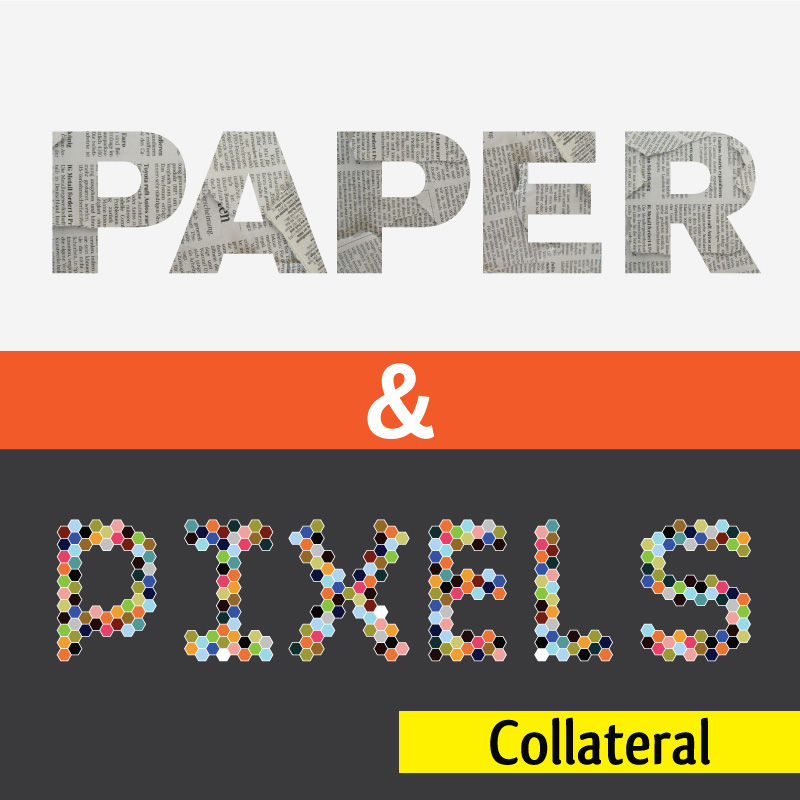One of the most important elements of any material, print or web, is white space. It allows the eye to quickly scan the piece and digest the information. As with web sites, heavy, cluttered layouts confuse and frustrate the audience and dilute the effectiveness of these tools. Create a clear hierarchy of information for your readers, and use imagery in a meaningful way.
Select content based on the piece itself. For instance, when creating a poster series, use high-resolution images that lend themselves to a large format and limit your content to short bullets or sentences. Additionally, each piece should have a specific purpose and not simply present the same information in different sizes and formats. Well-designed collateral will educate your audience, spread your message, and serve as an effective public engagement tool.

